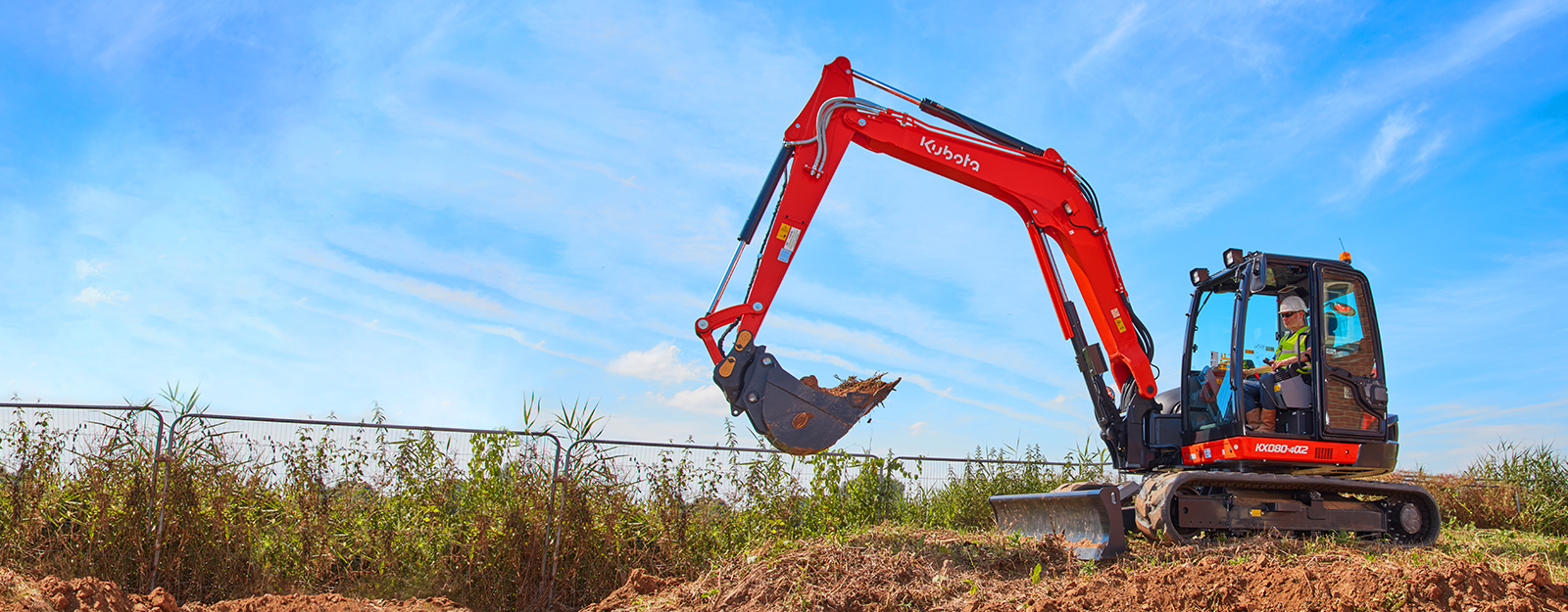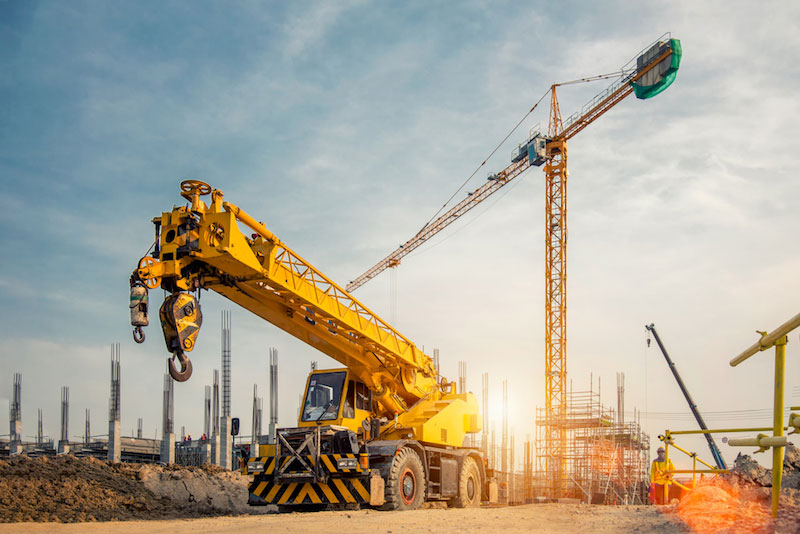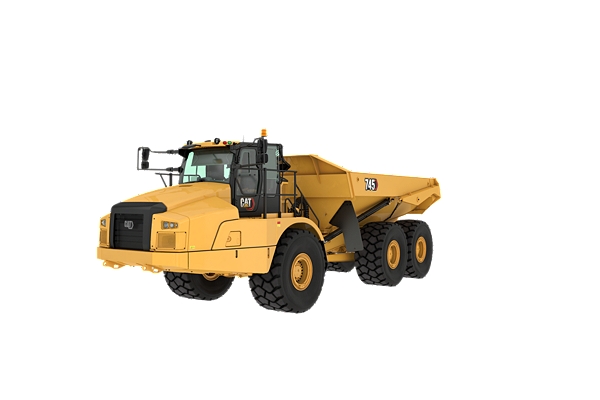Forklift Rental Services for Industrial and Commercial Usage
Forklift Rental Services for Industrial and Commercial Usage
Blog Article
Renting Out Vs. Buying Building And Construction Equipment: Making the Right Choice for Your Task
When starting a construction job, among the vital choices that project stakeholders and supervisors face is whether to lease or acquire building devices. Both choices have their downsides and advantages, making the option a pivotal one in the task preparation process. The decision pivots on various elements such as cost factors to consider, job duration, equipment upkeep, threat, scalability, and adaptability management. Each component plays a vital function in figuring out the most appropriate course for the task's equipment needs. mini excavator rental. Allow's check out these factors even more to comprehend just how they impact the decision-making process and ultimately the success of the project.
Price Factors To Consider
Renting out devices typically calls for reduced preliminary payments contrasted to purchasing, making it an appealing option for temporary projects or professionals with budget plan restrictions. In the long run, continuously leasing equipment can collect greater prices than buying, particularly for extended jobs.
On the various other hand, getting construction tools involves higher upfront costs but can cause long-lasting financial savings, specifically for long-lasting projects or constant users. Possessing equipment offers versatility, comfort, and the possibility for resale value once the task is finished. Furthermore, having tools permits personalization and knowledge with specific machinery, possibly enhancing performance and efficiency on-site. Eventually, the choice between getting and renting out building equipment depends upon the job's duration, frequency of use, budget considerations, and long-term economic goals.
Project Period

On the other hand, for long-lasting tasks or recurring building and construction work, buying equipment could be the much more cost-effective choice. Acquiring tools can bring about cost savings in the future, especially if the devices will be frequently made use of. Additionally, owning devices supplies a feeling of control over its availability and enables modification to fit details project requirements.

Devices Upkeep
Provided the critical function job period plays in figuring out the most cost-efficient approach in between renting and buying building tools, the focus currently shifts towards analyzing the essential element of tools upkeep. On the other hand, having tools needs a proactive technique to maintenance to stop failures, make sure safety, and extend the tools's life expectancy. Eventually, a well-maintained building and construction tools fleet, whether leased or owned, is crucial for the reliable and effective completion of building and construction jobs.
Adaptability and Scalability
In the realm of building tools management, the element of adaptability and scalability holds considerable value for job performance and resource utilization. Opting to rent out building and construction equipment supplies a high degree of flexibility as it enables the quick adjustment of devices types and amounts based upon the developing demands of a project. Renting enables professionals to access a vast array of specialized tools that may be needed for particular jobs without the long-lasting commitment of ownership. This adaptability is specifically advantageous for jobs with varying demands or unpredictable durations (construction equipment rentals).
Renting out building tools offers the advantage of easily scaling operations up or down as project demands change. Professionals can promptly exchange or include tools to match the project's transforming requirements without the constraints of possessing assets that may end up being underutilized or outdated.
Threat Management
Effective threat management in construction devices procedures additional reading is critical to making certain task success and mitigating prospective monetary losses. Building and construction tasks inherently include various threats, such as devices malfunctions, mishaps, and task hold-ups, which can dramatically impact the project timeline and budget plan. By very carefully thinking about the dangers connected with owning or renting construction devices, job supervisors can make informed choices to decrease these prospective hazards.
Renting out building tools can use a level of danger reduction by transferring the duty of maintenance and fixings to the rental business. This can lower the financial burden on the job proprietor in case of unexpected browse around this site equipment failures (scissor lift rental). Furthermore, renting out gives the adaptability to gain access to customized tools for particular job stages, lowering the threat of possessing underutilized equipment
On the other hand, owning building and construction tools gives a sense of control over its use and maintenance. However, this likewise suggests birthing the full responsibility for fixings, upkeep expenses, and depreciation, raising the financial risks associated with devices ownership. Cautious danger analysis and factor to consider of aspects such as job period, devices utilization, and maintenance requirements are critical in establishing the most suitable alternative for effective danger monitoring in construction jobs.
Conclusion
In final thought, when making a decision in between getting and renting building devices, it is essential to take into consideration expense, task duration, devices upkeep, scalability, threat, and adaptability management. Each factor plays an important function in establishing one of the most suitable alternative for the job at hand. By thoroughly evaluating these aspects, task managers can make an informed choice that straightens with their budget plan, timeline, and overall task objectives.

Report this page